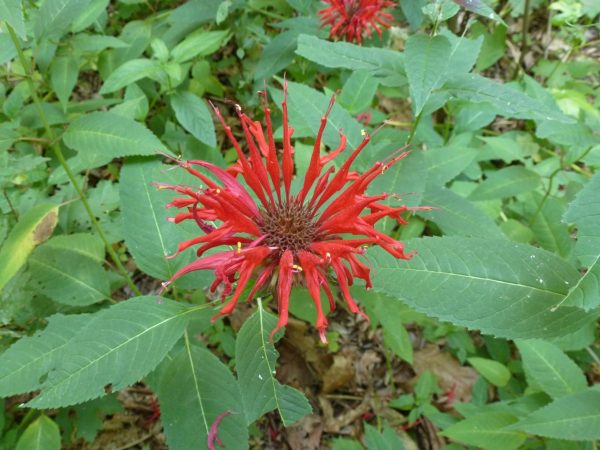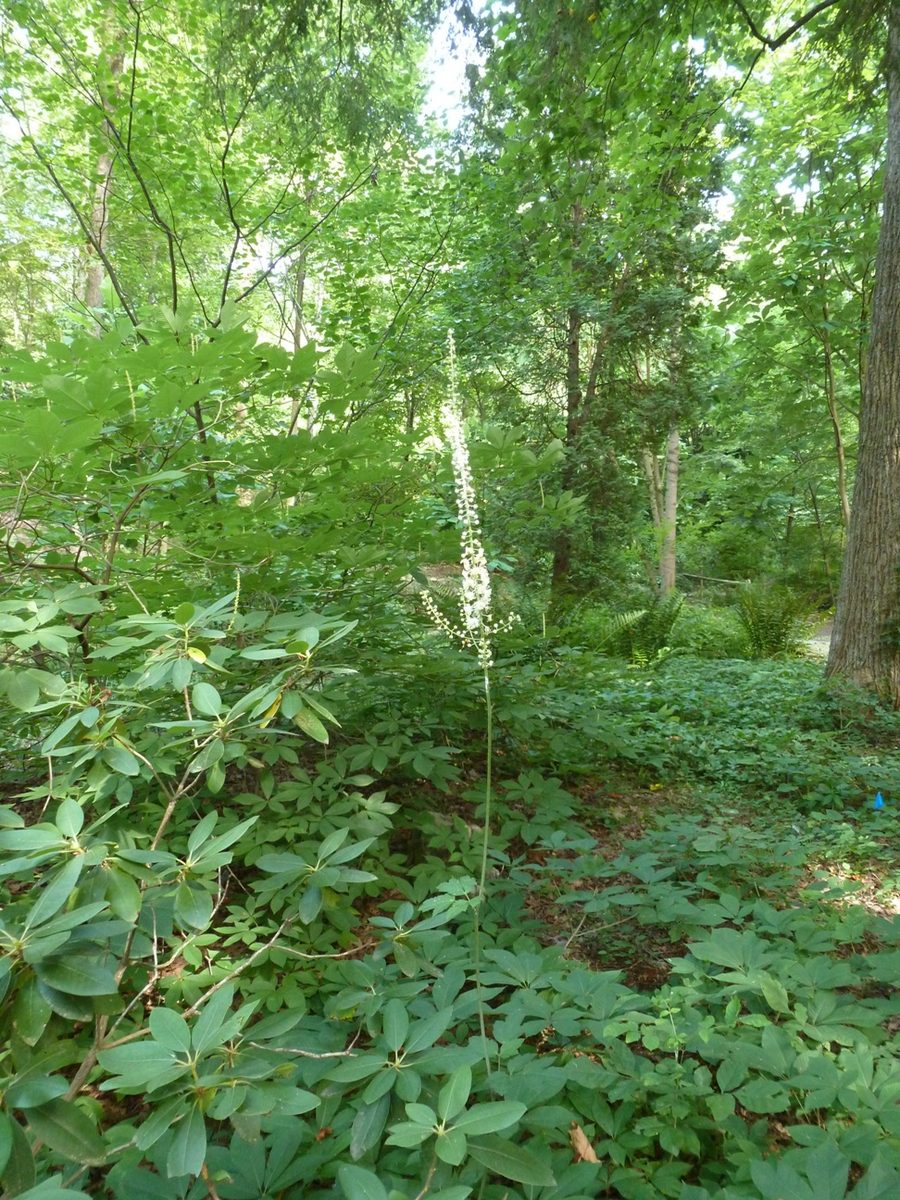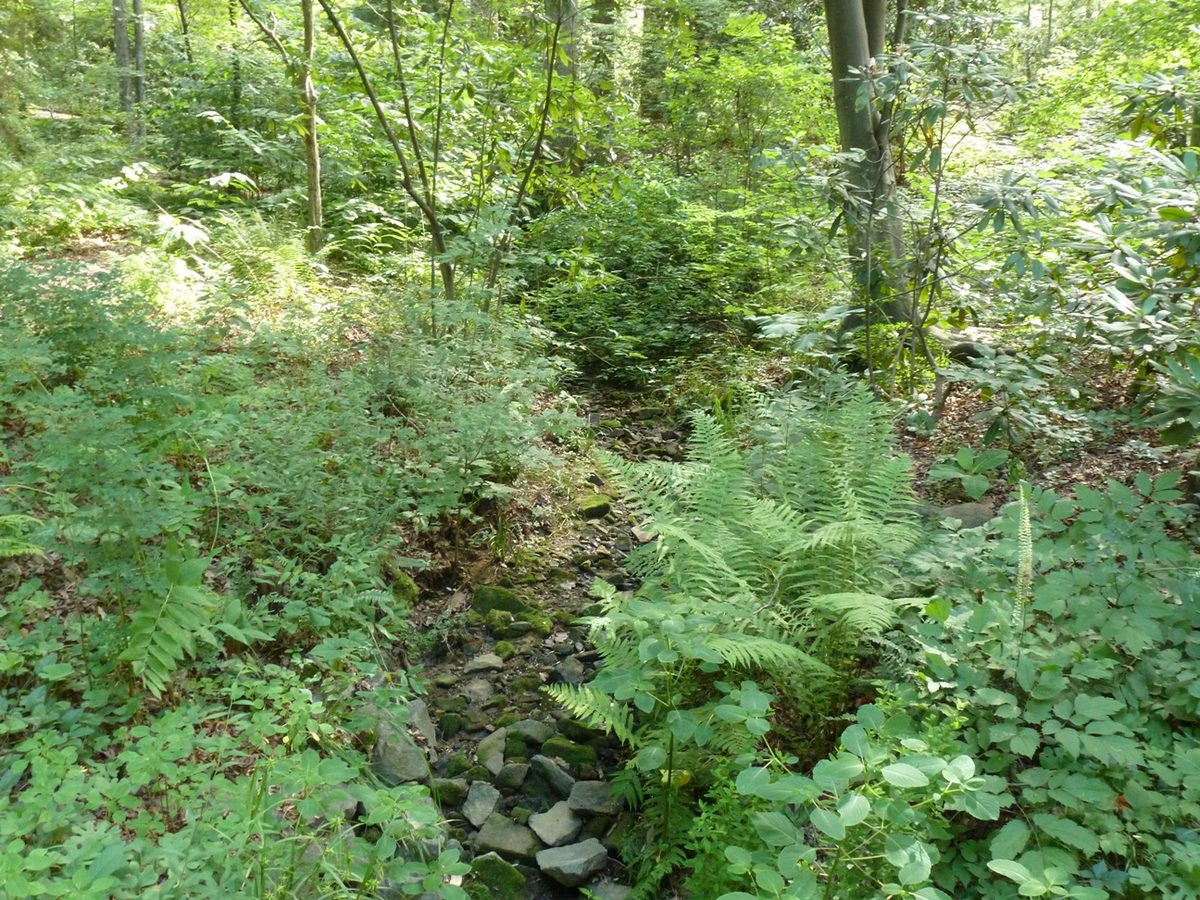Showing patriotism, one native plant at a time

Ruth Ann Grissom
As a girl, I once had a vision of a grand flowerbed – a large rectangular plot of red, white and blue petunias replicating the stars and stripes of an American flag. This must have been the summer of 1976, during the celebration of our country’s bicentennial. When I presented the scheme to my otherwise accommodating mother, she didn’t share my enthusiasm. She said it would be unpatriotic if some of the flowers died. I was momentarily crushed, but now I understand it was her tactful way to avoid an overly ambitious project, one that was destined to be a disappointment. It was already midsummer, and we hadn’t even prepared such a bed, let alone procured the flats of root-bound petunias. There’s really no reason to embark on such a folly. Gardeners can demonstrate their patriotism by showcasing an array of native plants.
In the preface of his recent book, Native Plants of the Southeast, Larry Mellichamp traces the interest in native plants back to events such as the publication in of Rachel Carson’s Silent Spring in 1962, the first Earth Day in 1970, and the passage of the Endangered Species Act in 1973. I’d like to think the bicentennial also contributed to this awareness. After all, pride in our native flora and fauna helped our young country forge a sense of identity. Mellichamp, a professor of botany at UNC Charlotte and director of the university’s botanical gardens, notes that in 1983, people from across the state gathered in Cullowhee for a conference on landscaping with native plants.
Information about natives is often served up in field guides – helping users identify plants in the wild – but Mellichamp’s book is geared toward gardeners, with suggestions for the best hybrids and cultivars available in the trade. In addition to providing basic facts about habitat, range and propagation, Mellichamp also opines on availability and ease of cultivation. He even rates each plant with one to four stars based on its usefulness and durability. This unique feature can be a money-saver for starry-eyed gardeners – like yours truly – who’ve killed acres of temperamental plants.
I’ve long been a fan of Sally and Andy Wasowski’s book Gardening with Native Plants of the South, but Mellichamp’s book is the most comprehensive guide I’ve ever seen on the topic, containing information on “the best 460 species for the garden.” That’s ample plant material to fill a vast estate. The book includes sections on everything from conifers to aquatics. There’s even a section on bog plants, a reminder of Mellichamp’s connection with the Uwharries. In the 1980s, he and his students documented the botanical riches on a patch of land now known as the Black Ankle Bog. Their work helped convince The Nature Conservancy to protect this shining example of the overlap between the Coastal Plain and Piedmont.
I could rave about Mellichamp’s book all day, but a better testament to his expertise with native plants is on display at the Van Landingham Glen. I recently made what I’m ashamed to admit was my first trip to this 7-acre garden on the UNC Charlotte campus. The temperature in the parking lot hovered in the mid-90s, but it dropped dramatically when I entered the forest.  Birdsong, flowing water and stirring leaves replaced the sounds of rush-hour traffic on University City Boulevard.
Birdsong, flowing water and stirring leaves replaced the sounds of rush-hour traffic on University City Boulevard.
Like most forested areas of the Piedmont, this garden is at its peak in spring, but it was still impressive in early summer, dotted with elegant hydrangeas and rhododendrons and vibrant patches of black cohosh and bee balm. The plantings are beautifully executed and maintained. This site features plants in a naturalistic setting, but nearby, a new garden is taking shape, one that will focus on using natives in the home landscape. Appropriately, it bears Mellichamp’s name. There, we’ll have a chance to see the wisdom found in Native Plants of the Southeast at work in the red clay of the Piedmont. I look forward to visiting, learning, and transforming my new backyard from a neglected space overrun with invasives to a garden that proudly represents the best of our region, with red Monarda, white Baptisia, and blue Amsonia.
For more information on the UNCC botanical gardens, go to http://gardens.charlotte.edu.